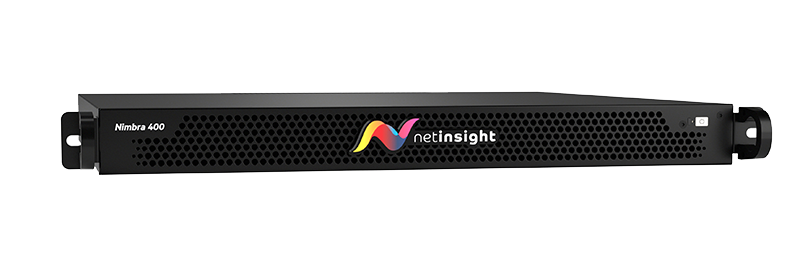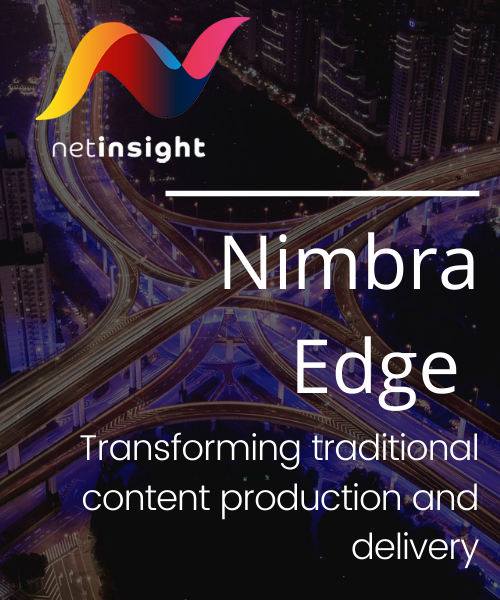Home - Partners - Net Insight - Nimbra 400

Designed for low latency broadcast-quality video transport, the Nimbra 400 latest release allows you to re-invent your network. In this post, let´s explore the Nimbra 400 and discover its new features, its benefits, and how to leverage its versatility and flexibility.
As a starter, here are some of the insights on what makes Nimbra 400 the optimal approach for live media internet transport.
Nimbra 400 is often referred to the Swiss knife of the Nimbra family. Its design, light and agile, and its functionalities makes it the perfect solution for tier 1 content and media companies looking to lower their costs and increase their reach.
Where Nimbra 400 really makes a difference is for optimizing video streaming over constrained networks and maximize the number of streams processed simultaneously. Nimbra 400 can produce high-quality video at low bitrates while utilizing less expensive IP infrastructure such as internet connectivity thus reducing networking costs.
As a starter, here are some of the insights on what makes Nimbra 400 the optimal approach for live media internet transport.
The all-new Nimbra 412 is equipped with 2 port SDI/ASI versions and like its Nimbra 410 and 414 family members, it offers an optional redundant power supply upgrade. The new form factors available in the latest release address space constraints in remote site issues for modern media companies and limit the need for additional third-party equipment on site.
Truly open and interoperable
Nimbra 400 is a truly open and interoperable platform that supports several protocols, i.e. RIST, Zixi, SRT, RTP, SMPTE FEC 2022-1, unicast/multicast as well as UDP. Flexible by design, you can connect it to most other units on the transport level. With up to four independent video ports, it has connectivity to SDI, ASI on both ingress and egress side, as well as parallel encoding and decoding in the same unit
When using Nimbra 400 you can maximize your resource utilization by encoding and decoding up to 4 parallel HD or SD channels per unit. To top it off, 3G and both H.264 and H.265 are also supported. With a flexible configuration of inputs and outputs, the Nimbra 400 provides an unparalleled cost-effective solution for remote sites. Pair that with our award-winning management system, and you’re in full operational control – always. The Nimbra 400 supports parallel sending and receiving, MPEG encoding, and decoding and can be deployed in a point-to-point, point-to-multipoint, or Daisy chain configuration.
Nimbra 400 has been specifically designed to enable locations worldwide using the internet and IP networks as transport. The platform leverages several world-class retransmission technologies that are paired with a seamless and adaptive protection mechanism. It relies on powerful features such as an integrated firewall, advanced video monitoring using TR 101 290, and extremely versatile connectivity options that help our customers who are dealing with remote end sites where space and bandwidth constraints may be challenging.
